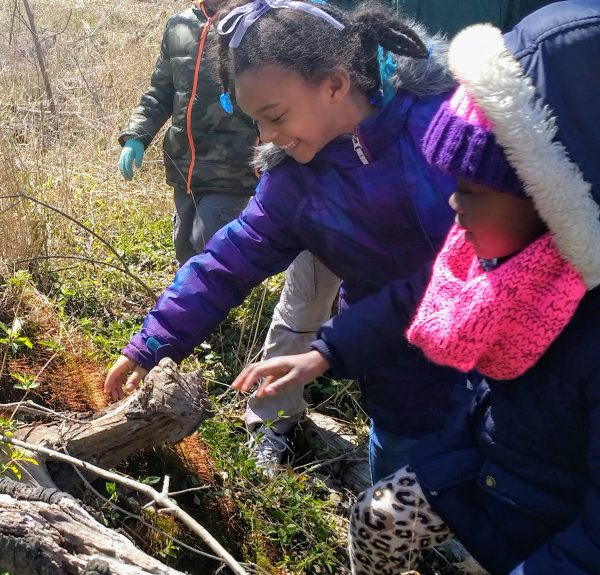In the above reflection, the teacher is facilitating learning as she discovers something together with the learners (ants under the tree stump) while addressing the curriculum (families and homes).
This activity aligns with Foxfire Core Practice 2:
The role of the teacher is that of facilitator and collaborator. Teachers are responsible for assessing and attending to learners’ developmental needs, providing guidance, identifying academic givens, monitoring each learner’s academic growth and leading each into new areas of understanding and competence. (Starnes and Carone, 2006)*
Foxfire Core Practice 1 was the topic of a previous post: Student Choice.
As teachers, we often teach our students as we were taught as students. For myself, that often meant that knowledge was transmitted from the teacher to me and my fellow students. I then repeated that knowledge back to the teacher and we moved on to the next topic. In a few instances, the teacher made learning materials available to me and left it to me to figure out how and what I would learn.
And then there was that high school English teacher who helped me identify some writing skills that needed developing, allowed me to select a topic for a written composition and provided enough guidance as I rewrote and revised to help me develop enduring competencies that may or may not be apparent in this composition. In other words, the teacher functioned as a facilitator of learning.
How do I become a teacher who is a facilitator? I will seek out and talk to other teachers who are facilitators.
I will create opportunities to try out the role as facilitator by…
- Observing learners as they engage with the lesson
- posing questions that increase student decision-making and responsibility
- turning teacher-answered questions and teacher-solved problems into student-answered and student-solved
- constantly asking myself, “What is needed by and what works with these students?”
- being active in the learning process.
*The above Foxfire quote is found on page 24 of From Thinking to Doing: The Foxfire Core Practices by Bobby Ann Starnes and Angela Carone, with Cynthia Paris (2006, The Foxfire Fund, Inc.)